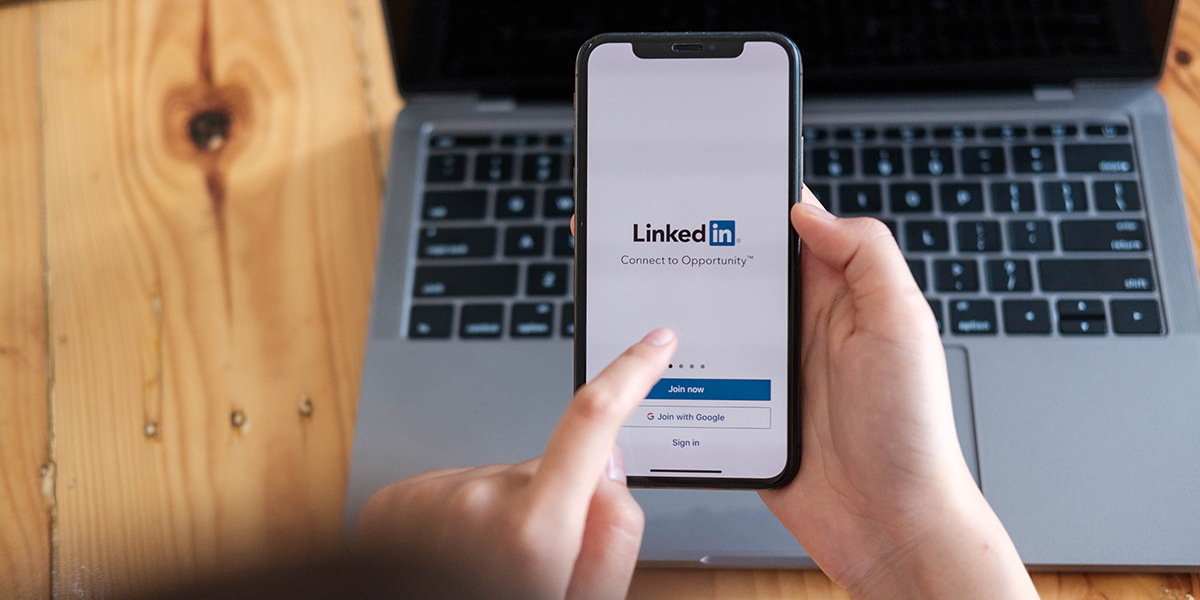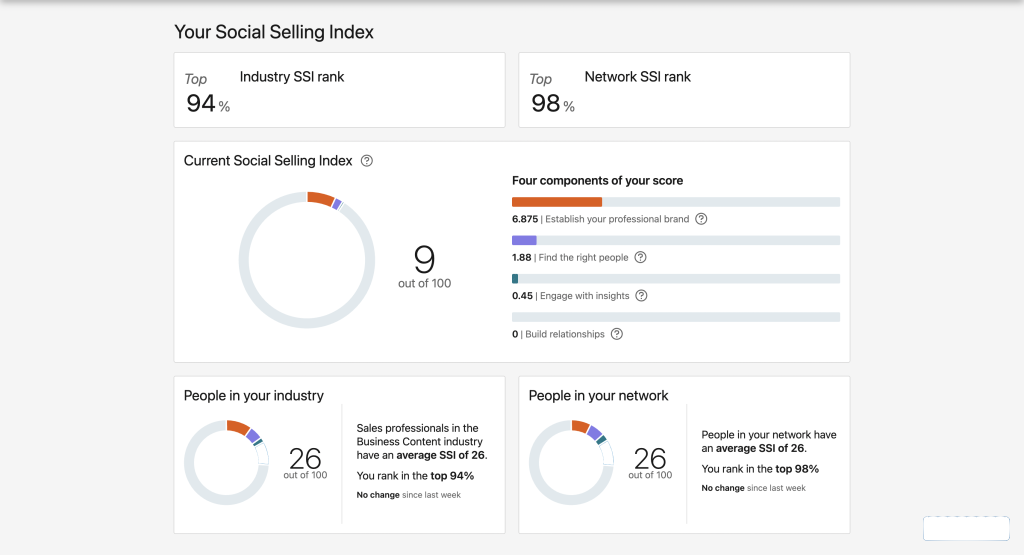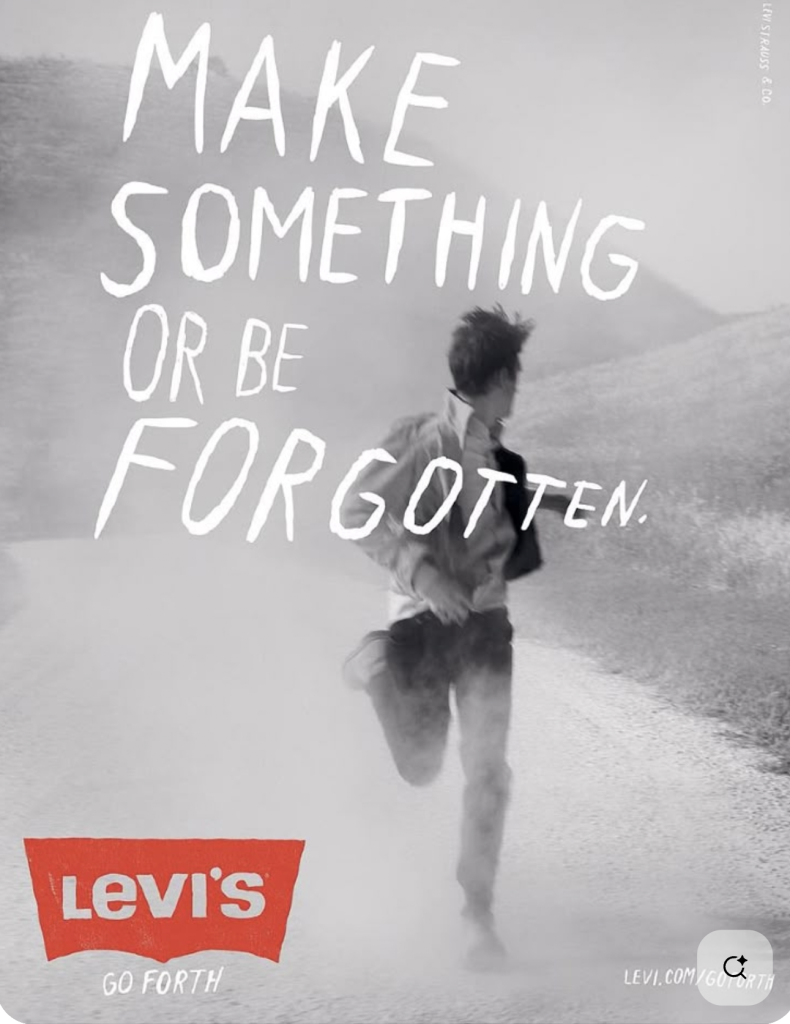In this blog, I will present the recent insights I found using Google Analytics, along with some information from LinkedIn insights. These tools help me understand how my website is performing and how users interact with it.
From the Google Analytics dashboard, I can see that in the last week, there were 12 active users and 17 new users on the website.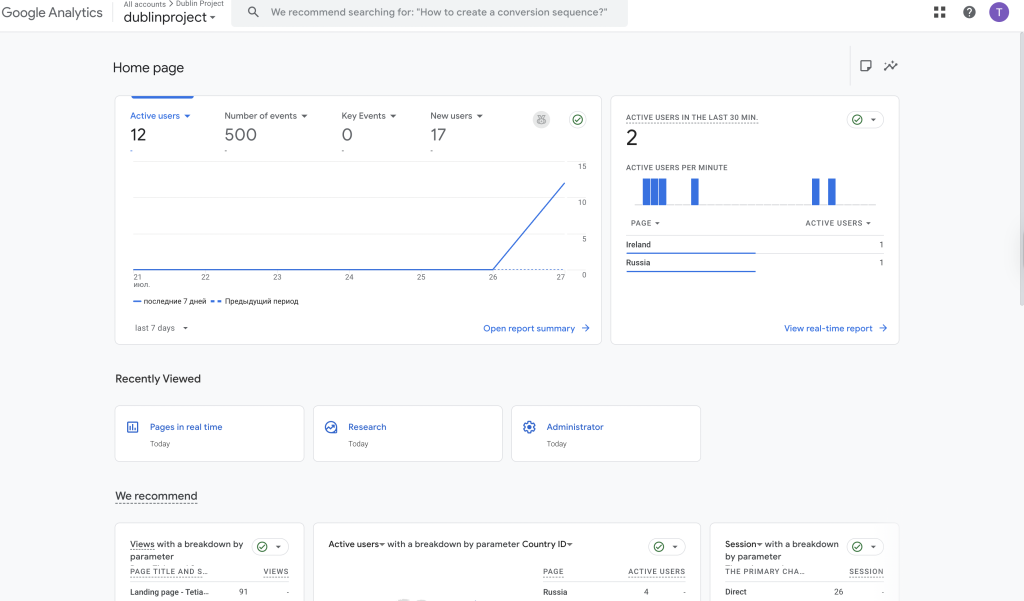 There were also 500 events tracked, but no key events were marked. This shows that I need to set up more specific goals to track important actions like form submissions or button clicks.
There were also 500 events tracked, but no key events were marked. This shows that I need to set up more specific goals to track important actions like form submissions or button clicks.
Most of the traffic came from direct sources—14 new users typed the URL or used a bookmark. Only one user came from organic search and one from referral traffic (spros.work). This tells me that my website is not very visible on search engines yet, and I need to improve my SEO strategy. I should focus more on keywords, meta tags, and making my content easier to find on Google.
The average session duration was around 3 minutes, which is a good sign. It means that people are spending time reading or exploring my pages. The most popular page is the Landing Page – Tetiana Dyka, which had 91 views and 10 active users. Other visited pages include LinkedIn Profile Optimization, Contacts, My Blog, and the SEO Audit Blog.
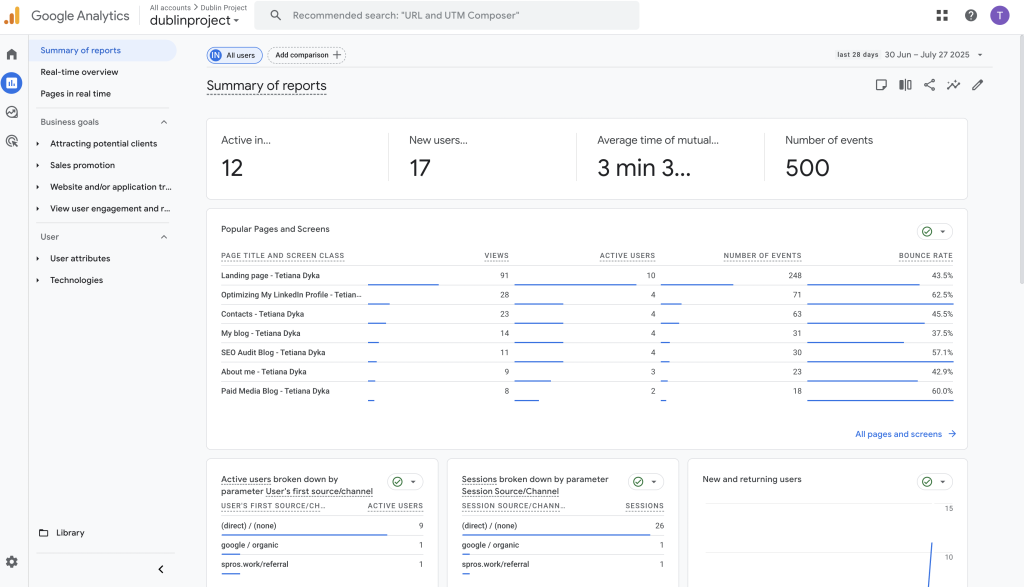
However, some pages have a high bounce rate, like the LinkedIn Profile page (62.5%) and Paid Media Blog (60%). A high bounce rate means users leave after only viewing one page. This could mean the content needs more engagement, or there’s no clear call-to-action to guide them to the next step. Improving design, adding links, or including contact forms might help reduce bounce rates.
In the real-time section, I noticed 2 users online at the same time—one from Ireland and one from Russia. Over the past few days, users visited from several cities, including Moscow, Dublin, London, Warsaw, Kyiv, and Boardman. This shows that my website is attracting an international audience, which is great for future marketing and outreach.
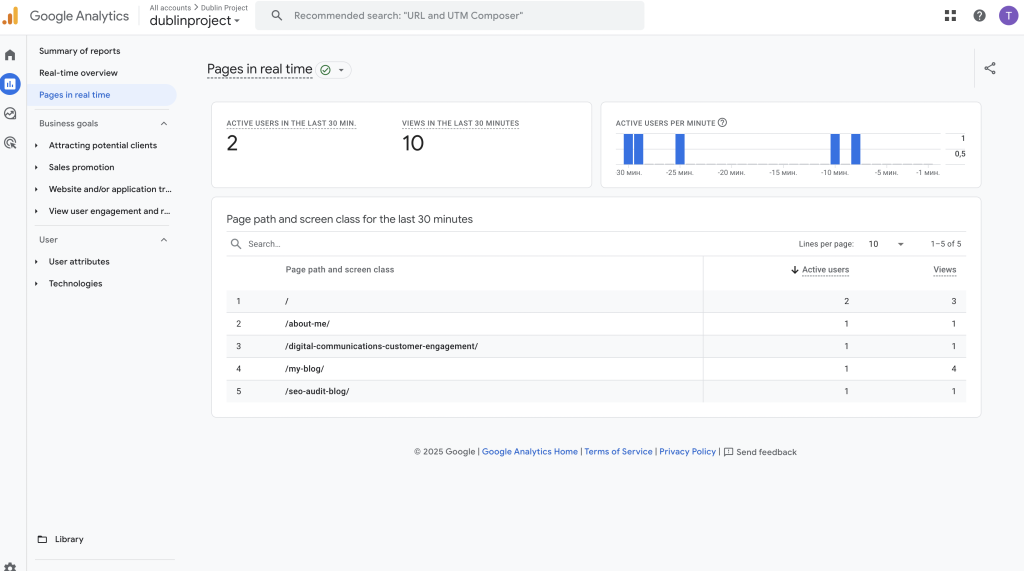
From LinkedIn insights, I noticed that more users are visiting my website after seeing posts or profile updates. For example, the “Optimising LinkedIn Profile” page had traffic that most likely came from LinkedIn, even though it is not listed clearly in Google Analytics. I may need to check if LinkedIn traffic is tracked properly. In conclusion, my website is slowly gaining more users, especially in the last few days. Most visitors are direct, with very little traffic from search engines or referrals. I will focus on improving SEO, reducing bounce rates, and setting up clear goals in Analytics. LinkedIn seems to be a strong platform for bringing traffic, so I will keep using it and try to track results better. These insights are very helpful for improving my online presence and website strategy.

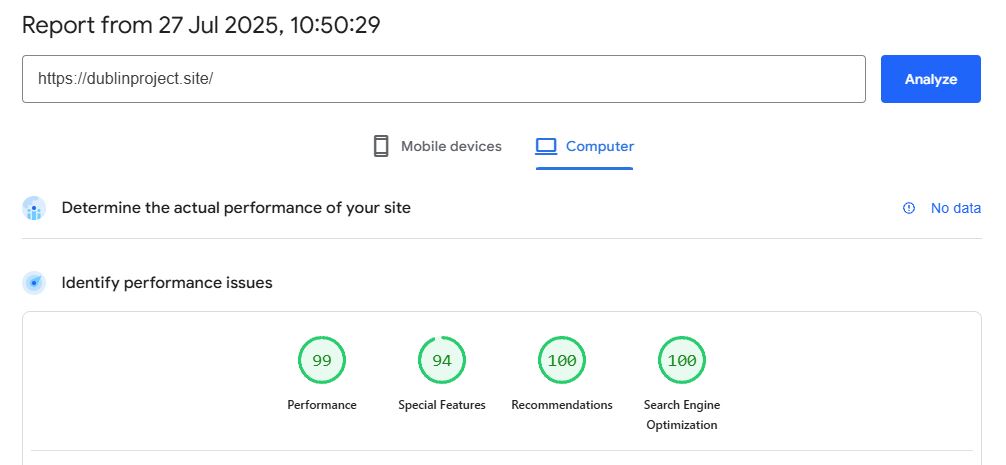
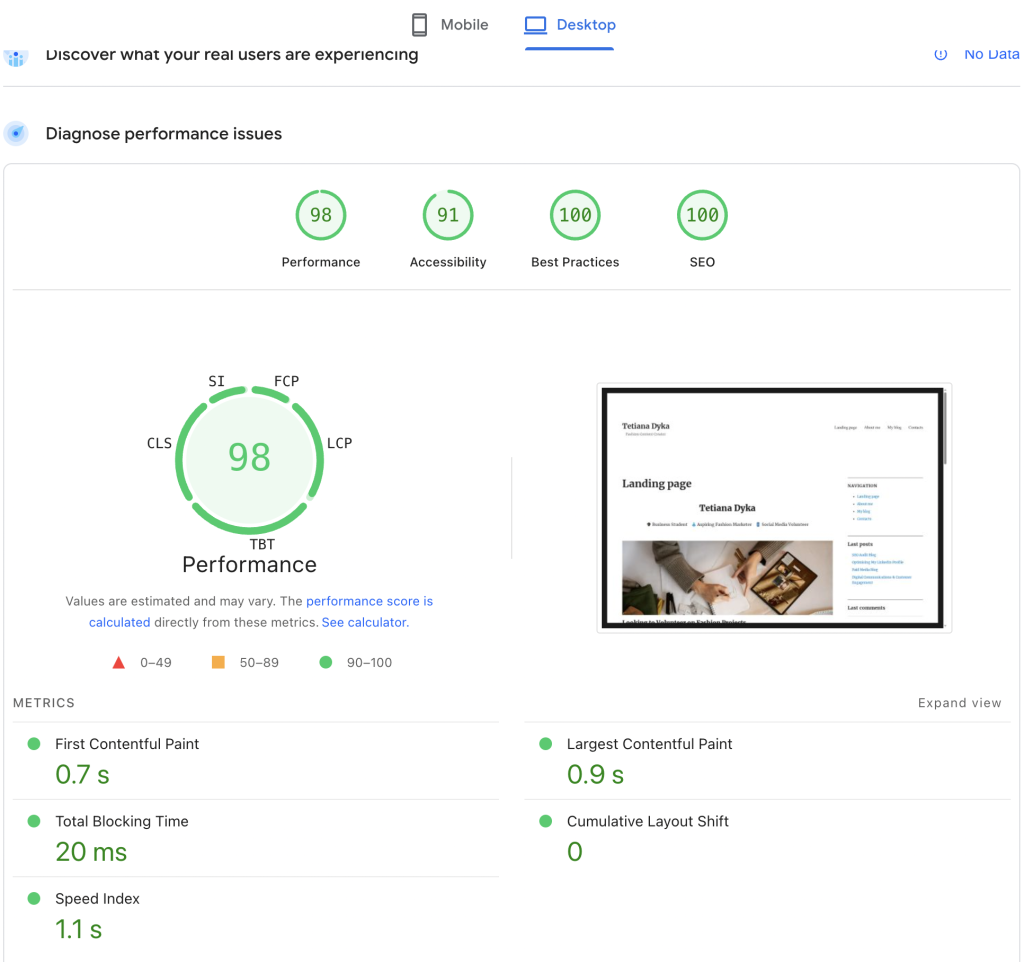
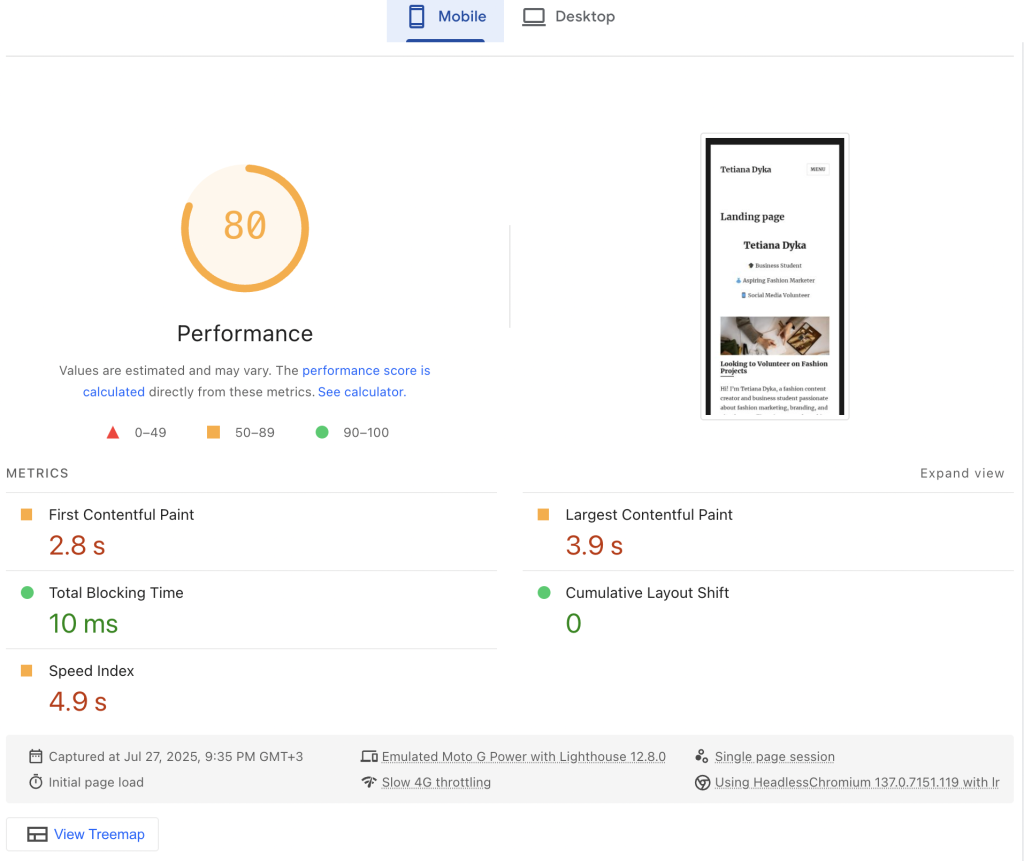 After these updates, I ran the SEO audit again. The site health score improved from about 68% to 84%. All broken links were fixed, and the technical SEO issues were mostly solved. The PageSpeed Insights score for mobile increased from 77 to 80, and the desktop score remained high at 98. This shows that the site now loads faster and performs better. Content improvements also helped some pages appear more often in Google search results. The blog posts received more views and shares compared to before.
After these updates, I ran the SEO audit again. The site health score improved from about 68% to 84%. All broken links were fixed, and the technical SEO issues were mostly solved. The PageSpeed Insights score for mobile increased from 77 to 80, and the desktop score remained high at 98. This shows that the site now loads faster and performs better. Content improvements also helped some pages appear more often in Google search results. The blog posts received more views and shares compared to before.